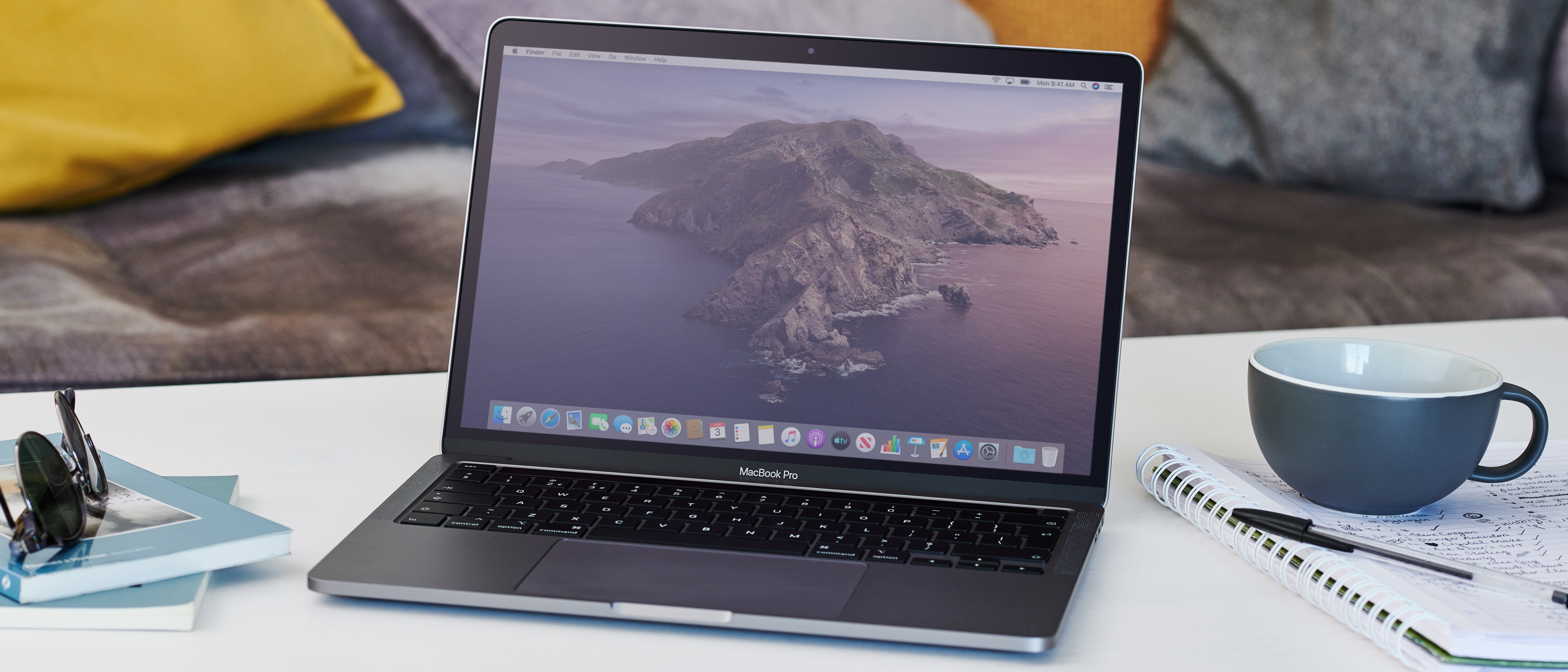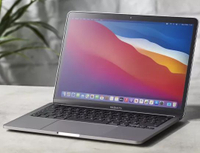TechRadar Verdict
The MacBook Pro (13-inch, 2020) brings new Intel processors and improved RAM speeds for better performance, but only if you're willing to pay the price. The entry-level model misses out on some of those new toys, which is a shame.
Pros
- +
Same launch price as last year's model
- +
Improved specs (on some models)
- +
Larger capacity SSD for starting model
- +
New keyboard is great
Cons
- -
Entry-level model still has 8th gen Intel CPU
- -
Pricey
- -
You still only get Thunderbolt 3 ports
Why you can trust TechRadar
The new MacBook Pro (late 2020) is powered by Apple's first laptop processor, the M1. Benchmarks show that it makes a wonderful mobile workstation, a jaw dropping music production notebook and a groundbreaking video editing laptop.
Two-minute review
The Apple MacBook Pro 13-inch 2020, thanks to its updated internals and upgraded keyboard, may be the most vital member of the MacBook line. And, for those that have been waiting because of Apple’s high pricing will be glad to know that you get more for your money with this year’s edition.
Sitting somewhere between the 16-inch MacBook Pro and the MacBook Air (2020) in terms of price and power, the Apple MacBook Pro 13-inch 2020 updates its internals with higher specs than its predecessor. The basic configuration doubles the RAM and the storage compared to before and does it all for $1,299 (£1,299, AU$1,999).
- Have a Mac that won't start? Here's how to fix it.
However, we should note that there’s an even more recent model, the Apple MacBook Pro 13-inch (M1, 2020), which comes with the new M1 chip, rather than and Intel processor. It’s already impressing us with its performance, but this Mac already offers a considerable boost thanks to the 10th generation Intel CPUs they come with.
And, of course, getting twice the RAM and storage helps as well. We compared this year’s and last year’s model in our MacBook Pro 2020 (13-inch) vs MacBook Pro 2019 (13-inch) article to see what really changed and there’s an obvious upgrade in performance. The Apple MacBook Pro 13-inch 2020 is an easy choice for creatives and business people who need a powerful yet portable laptop to take on the go.
Even MacOS rookies will find the 2020 model an enticing buy. And, with macOS Big Sur now available to download, it has never been easier to get into the swing of things with a Mac.
However, there is a pretty major caveat with its entry-level configuration; it features a much older 8th generation Intel CPU, and slower memory. To benefit from some of the biggest improvements Apple has made to the 13-inch Apple MacBook Pro 2020, you'll to have to shell out for the $1,799 (£1,799 , AU$2,999) model with a 2.0GHz 10th-gen Intel Core i5 processor, 512GB of storage and 16GB of faster RAM.
When it comes to design, things are pretty much the same, with the MacBook Pro 13-inch 2020 model being a tiny bit thicker and heavier than the 2019 model, but otherwise the looks are unchanged on the outside.
On the inside, there is now a much-improved keyboard, which feels comfortable to type on, with decent key travel that results in a satisfying typing experience.
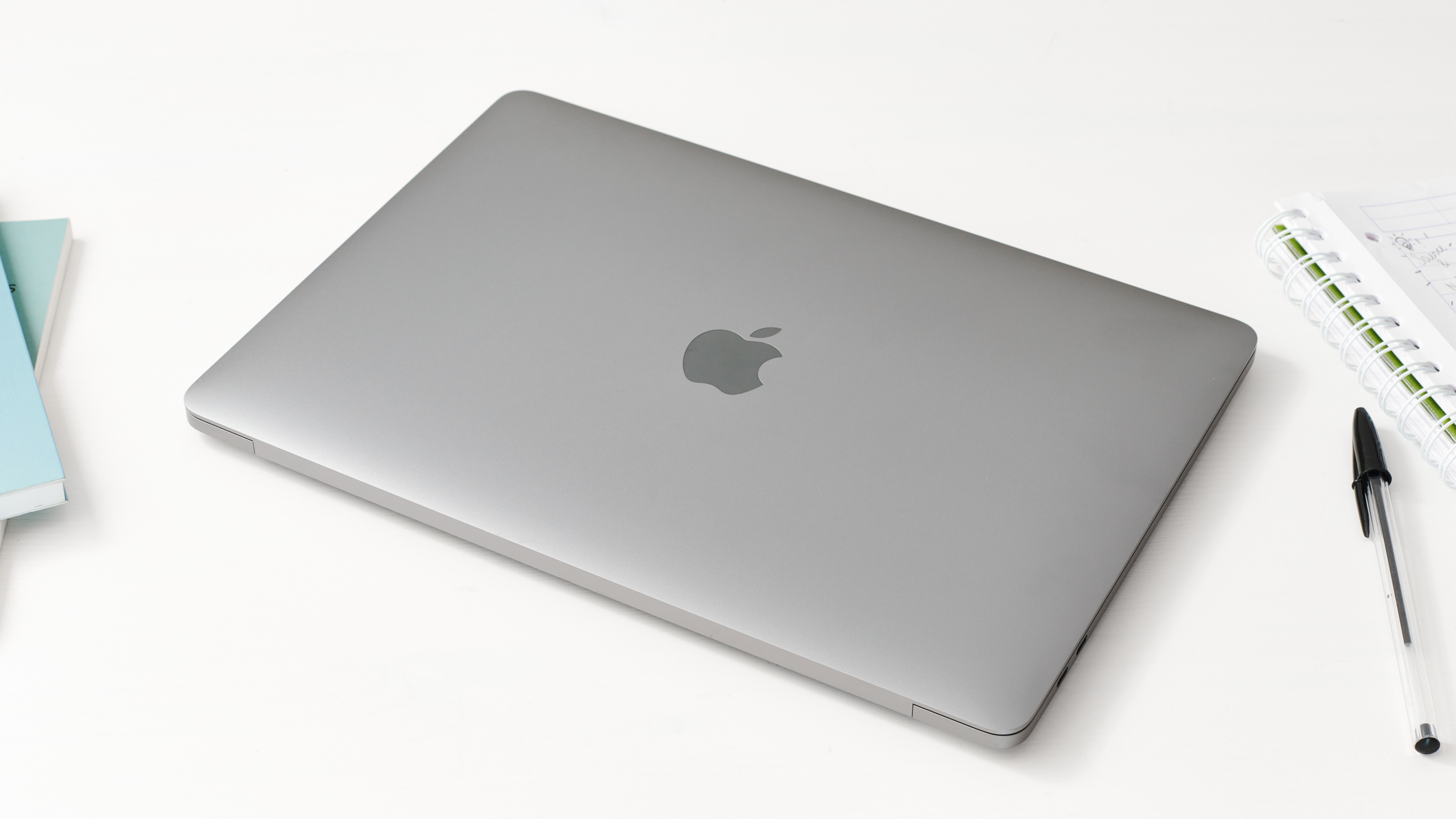
Here is the 13-inch MacBook Pro configuration sent to TechRadar for review:
CPU: 2.0GHz Intel Core i5-1038NG7 (quad-core, 8 threads, 6MB cache, up to 3.8GHz)
Graphics: Intel Iris Plus Graphics
RAM: 16GB (3,733MHz LPDDR4X)
Screen: 13.3-inch, 2,560 x 1,600 Retina display (backlit LED, IPS, 500 nits brightness, wide color P3 gamut)
Storage: 2TB SSD
Ports: 2x Thunderbolt 3 (USB-C), 3.5mm headphone jack
Connectivity: 802.11ac Wi-F, Bluetooth 5.0
Camera: 720p FaceTime HD webcam
Weight: 3.1 pounds (1.4kg)
Size: 11.97 x 8.36 x 0.61 inches (30.41 x 21.24 x 1.56cm; W x D x H)
Price and availability
The base model of the MacBook Pro (13-inch, 2020) starts at $1,299 / £1,299 / AU$1,999, which, commendably, costs the same price as the 2019 model. However, we have to take Apple to task here a bit, as the base model comes with a 1.4GHz quad-core 8th generation Intel Core i5 processor.
That’s a two-year-old CPU, and as we’ve said elsewhere on the site, that’s just not good enough for a professional-grade laptop. For the launch of the 2020 MacBook Pro 13-inch, Apple made a big deal about the inclusion of 10th generation Intel processors, and the performance benefits they provide. However, if you buy the cheapest model, you’re not getting those benefits.
Therefore, we just can’t recommend the base model of the 2020 MacBook Pro 13-inch for professionals. While it comes with 256GB of storage – up from 128GB with the 2019 model – if you really want a cheap MacBook Pro, you’d be better off getting a slightly older MacBook Pro for less money – there really won't be a huge difference in performance.
So, it’s actually the mid-range model of the MacBook Pro 13-inch that we’d consider to be the absolute minimum configuration to buy. This comes with a 2.0GHz 10th-gen Intel Core i5 processor, 512GB of storage and 16GB RAM for $1,799 / £1,799 / AU$2,999.
Not only is the leap from 8th generation to 10th generation CPUs going to make a big difference, but this version comes with faster 3,733MHz RAM, compared to the lower-end model’s 2,133MHz RAM.
You can also configure the MacBook Pro 13-inch 2020 with a 10th generation Intel Core i7 processor, up to 32GB RAM (for the first time in a 13-inch MacBook Pro) and up to 4TB of SSD storage.
So, while we like the fact that Apple has released two new MacBook Pro 13-inch models for the same price as their predecessors launched at, there’s now an even bigger gap between the entry-level model and the regular one – so much so that it’s not really worth considering the entry-level model any more.
For creatives, then, it means you may end up paying a little bit more than you would have in previous years.
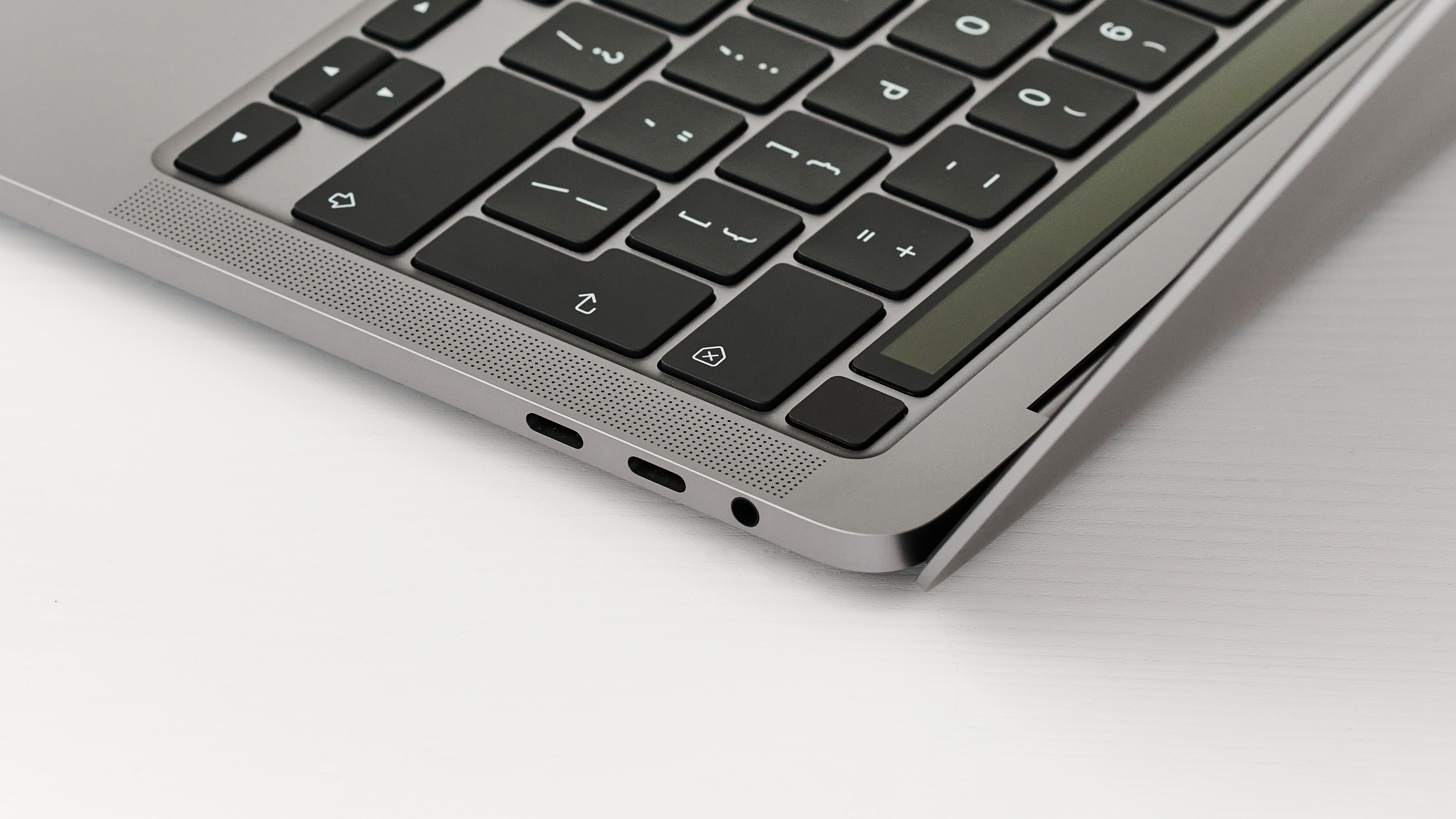
Design
As we’ve seen with other recent MacBook releases, Apple hasn’t changed much at all about the basic design of the 13-inch MacBook Pro – when the laptop’s closed, at least.
It comes in the same Silver or Space Gray color, and dimensions are roughly the same, at 11.97 x 8.36 x 0.61-inches (304.1 x 212.4 x 156mm). This is slightly thicker than the previous model, which had a depth of 0.59-inches (149mm).
It’s also slightly heavier at 3.1 pounds (1.4kg), versus 2019’s 3.02 pounds (1.37kg). The difference won’t be too noticeable for most people, and it’s still reasonably light for a pro laptop. However, there are plenty of 13-inch laptops out there that are thinner and lighter. The Dell XPS 13 (2020), for example, weighs in at 2.8 pounds (1.27kg).
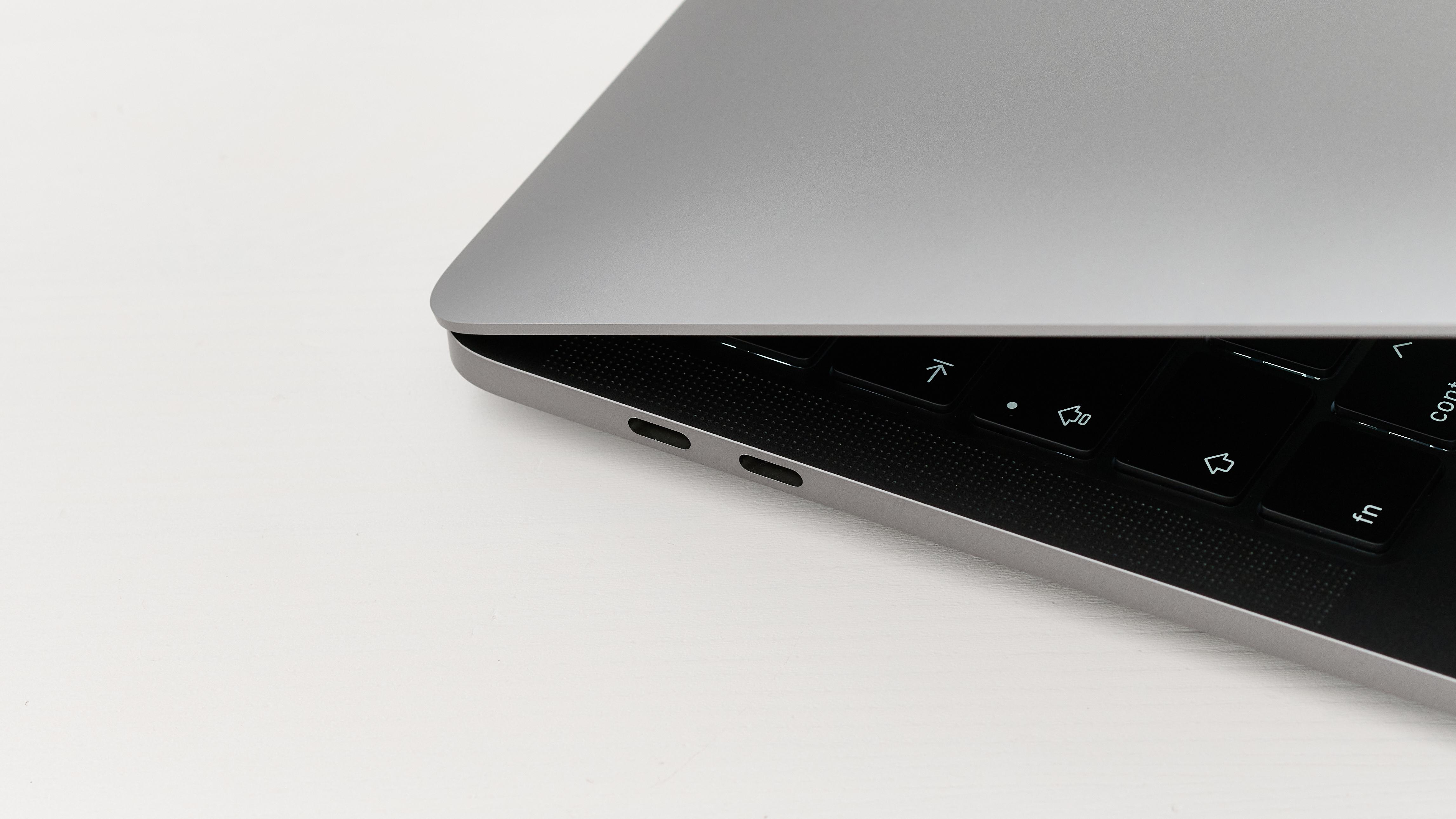
Ports-wise, you’re again only getting four Thunderbolt 3 ports (or just two in the entry-level model) and an audio jack. For a professional laptop, the lack of ports, especially legacy USB-A ports, will be disappointing (but probably not surprising) and will mean unless you have all USB-C peripherals, you’ll need to buy an adapter.
On opening up the new MacBook Pro 13-inch, however, you’ll see more of a difference. This is because Apple has finally replaced the controversial Butterfly switch keyboard (which was often prone to reliability problems) with the new ‘Magic Keyboard’ which is also used in the MacBook Pro 16-inch and MacBook Air (2020).

This is an enormously welcome change. Not only does it eliminate the problems previous models had with the keyboard (such as stuck keys), but it offers a much more tactile and comfortable typing experience.
We’ve been a fan of the new keyboard since it debuted on the 16-inch MacBook Pro last year, and are glad to see it turn up in the 13-inch model as well. For anyone who was put off buying a MacBook because of the well-publicized keyboard issues, the new MacBook Pro 13-inch could change your mind.
The Touch Bar, a thin display above the keyboard, is again present, and gives you context-sensitive buttons that you can press. Not everyone loves the Touch Bar, but many apps like Photoshop now make good use of it, offering you quick access to tools.
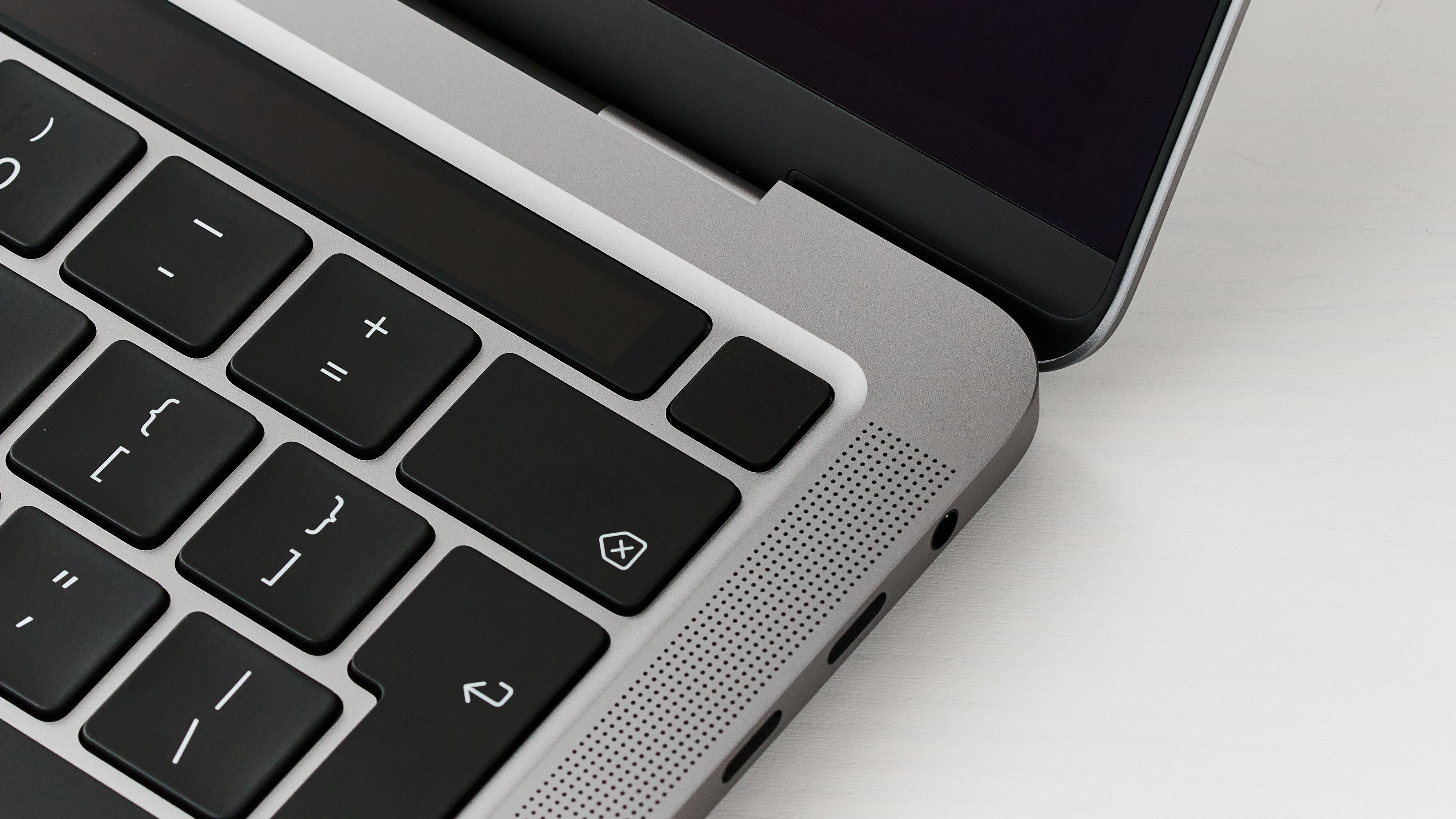
The TouchID button, which also doubles as the power button, has been separated from the Touch Bar, and now sits slightly apart from it. It makes it a bit easier to find, and it again is a reliable way of logging into your MacBook (or paying for things using Apple Pay) using just your fingerprint. We find it works a lot better than many fingerprint scanners included in Windows 10 laptops. It never failed to read a fingerprint correctly in our time using it.
On the other side of the keyboard, the Escape key is now once again a separate button (rather than included in the Touch Bar), again making it easier to find, and the arrow keys are in an inverted-T arrangement now, like on many laptop keyboards, which is a much more intuitive layout.
Meanwhile, the screen remains the same as last year’s model, which is no bad thing. The Retina resolution (2,560 x 1,600) isn’t the highest we’ve seen in a 13-inch laptop, but to be honest, a 4K resolution on a 13-inch screen is overkill most of the time, and the Retina display of the MacBook Pro 13-inch (2020) is bright and vibrant. Crucially, for creative professionals, it supports the P3 wide color gamut, offering excellent color reproduction.
So, not a huge amount of change in the design of the new MacBook Pro 13-inch, but where Apple has made tweaks, they are noticeable and welcome.
One thing that we do wish Apple changed with the design, however, is the thick bezels around the screen. This leaves the new MacBook Pro 13-inch feeling pretty outdated, especially compared to Windows 10 laptops like the Dell XPS 13, which have ultra-thin bezels that allow the device to be smaller without impacting screen size.
Apple has shown with the 16-inch MacBook Pro that it can slim down the bezels, which allows it to include a bigger screen without the overall laptop being too much larger than the 15-inch model. We hope Apple tweaks the 13-inch model in a similar way in the future - perhaps for a 14-inch MacBook Pro?

Here’s how the 13-inch MacBook Pro (2020) performed in our suite of benchmark tests:
Cinebench R20 CPU: 1,950
Geekbench 5 Single-Core: 1,268; Multi-Core: 4,490
Battery Life (TechRadar movie test): 8 hours and 31 minutes
Performance
We've now spent enough time with the MacBook Pro (13-inch, 2020) to run our benchmark tests and test out its day-to-day performance, and we remain impressed with the laptop. It runs macOS Catalina with ease, leading to a smooth and responsive experience, and the apps we’ve tried load up nice and fast.
We also used the Chrome web browser with loads of tabs open, which is a notorious hog when it comes to memory, and the MacBook Pro 13-inch continued to perform admirably.
Its multi-tasking prowess is thanks to the new Intel CPU, as well as the faster 3,733MHz LPDDR4X RAM, and it means that the new MacBook Pro 13-inch feels less of a compromise compared to the powerful 16-inch model.
It’s important to note that this is with the mid-range MacBook Pro 13-inch, which comes with a 10th generation Ice Lake Core i5 processor. The low-end 13-inch MacBook Pro with an older CPU and slower RAM won’t perform as well as the one we got in.
Not only does the new 10th generation Intel Core i5 processor offer better compute performance than its predecessor, but it also has improved integrated graphics as well.
This is crucial, as unlike the larger MacBook Pro 16-inch, the MacBook Pro 13-inch doesn’t have a dedicated GPU. So, if you’re going to be using the new MacBook Pro for graphically-intensive work, such as video editing and 3D rendering, then you’ll be relying on the Intel Iris Plus Graphics integrated GPU.
Integrated GPUs can’t offer the same performance as a dedicated graphics card, so if you really need a graphical powerhouse, you’re going to need to get the MacBook Pro 16-inch with its AMD Radeon Pro 5300M GPU.
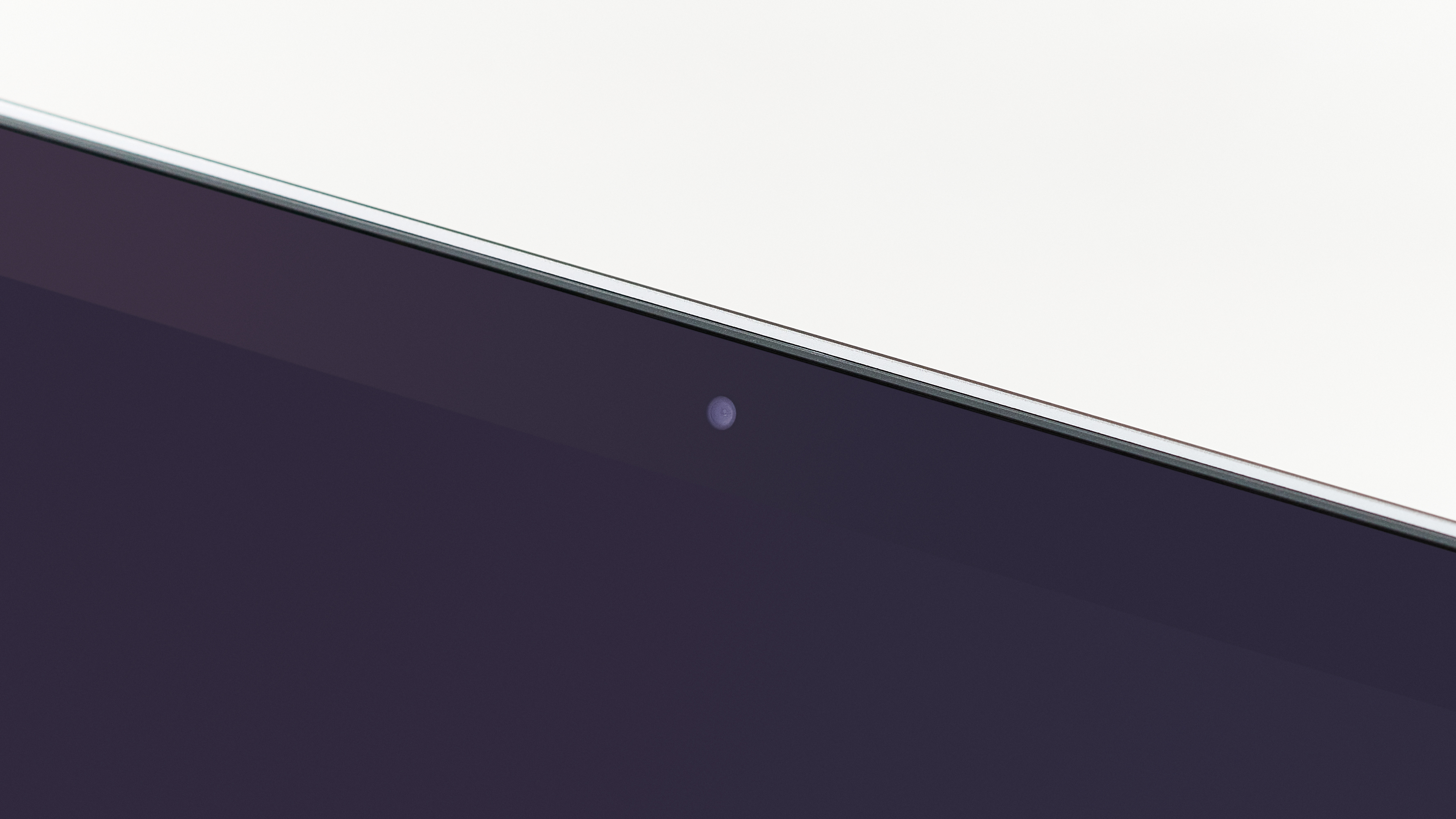
However the Intel Iris Plus Graphics that features in Intel’s 10th generation chips is a big leap over previous generations, with Apple claiming that it offers 80% faster performance when it comes to 4K editing and faster rendering. It also now allows the MacBook Pro 13-inch to connect to Apple’s Pro Display XDR at full 6K resolution.
Again, we should point out that the improved graphical performance on the Intel Iris Plus Graphics is only available on the MacBook Pro 13-inch 2020 models with 10th generation processors.
If you go for the entry-level MacBook Pro 13-inch 2020 model with the 8th generation Intel processor, you’re going to have to make do with the older, and less powerful, Intel Iris Plus Graphics 645.
Apple’s decision to stick with the 8th generation chip in the base model is particularly frustrating, then, as it means (along with the slower RAM), that the performance gap between the entry level 13-inch MacBook Pro and its mid– and high-end models has never been greater.
Battery life
Battery life has been an area where MacBooks have traditionally fared a lot better than their Windows 10 competitors, and the 2020 model of the MacBook Pro 13-inch doesn't disappoint. It has a 58 watt-hour battery (and a slightly larger 58.2 watt-hour in the entry-level model).
This should offer 10 hours of battery life, which is around the same that the previous model promised. In our battery life benchmark test, which involved playing a looped 1080p video, the battery lasted a respectable eight and a half hours.
For a workstation laptop, that's certainly impressive, and means unless you do some very intensive tasks, like video editing and rendering, the new MacBook Pro 13-inch should last around an entire work day without needing a charge.
It's also excellent at holding its battery life as well. That means you can close the lid, leave it a few days and the laptop will still have battery left. That's often not the case with Windows 10 laptops, which seem to bleed battery life even when not in use.
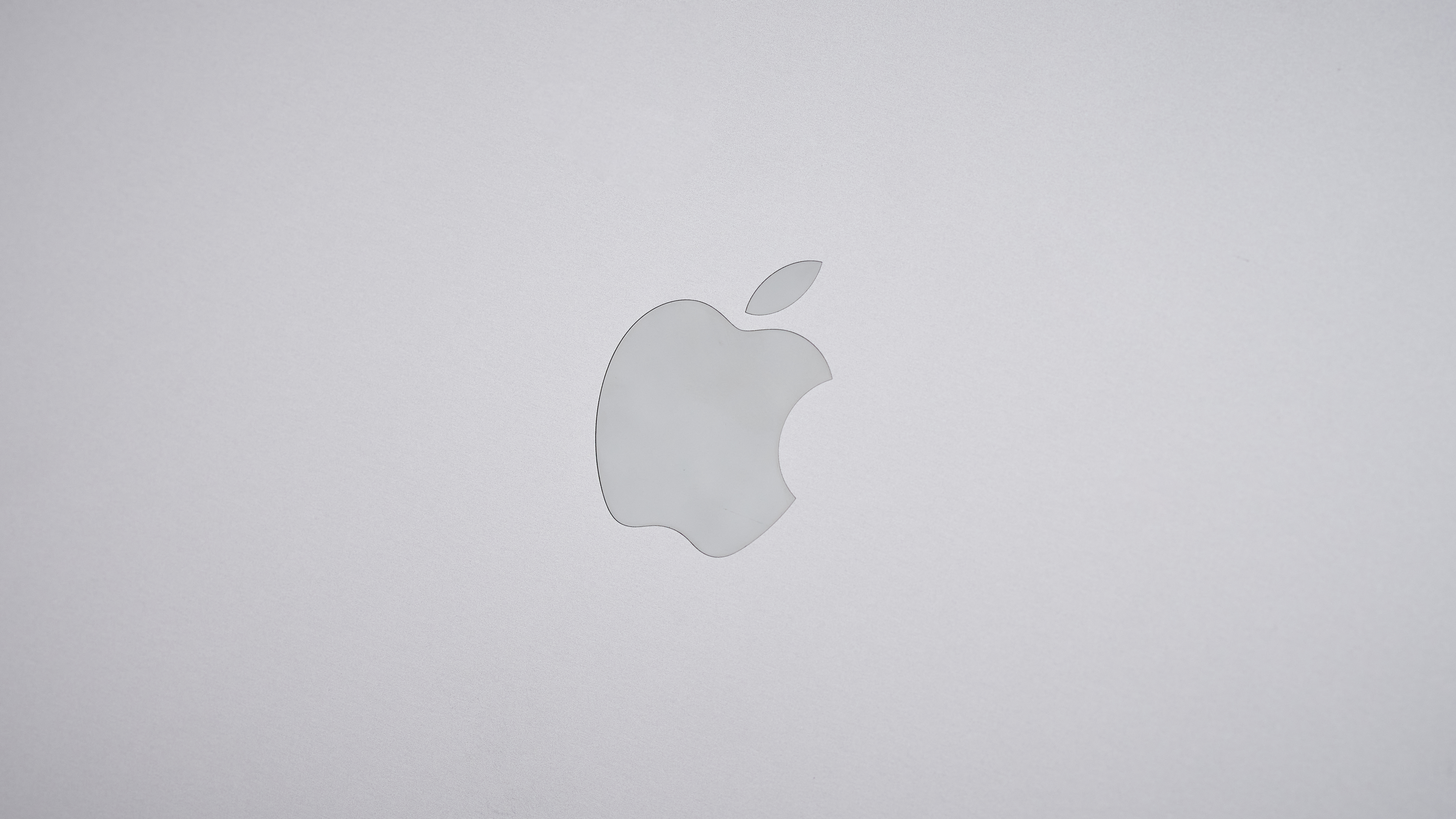
Buy it if...
You want a powerful (and small) MacBook
The MacBook Pro 13-inch really benefits from the improved internals, and it means this version is a great choice if you're looking for a MacBook that can handle multitasking well.
You didn't like previous MacBook keyboards
We really can't understate how much of an improvement the new keyboard in the MacBook Pro 13-inch is. If you were put off with the older keyboards, the new one will definitely win you over.
You want excellent battery life
Normally powerful laptops have to make do with short battery lives, but the MacBook Pro 13-inch 2020 manages to balance performance with a battery life that can last the whole work day. Impressive.
- If you do decide to buy an Apple MacBook Pro, check out our Apple promo codes to save money on your purchase.
Don't buy it if...
You're on a budget
While the MacBook Pro 13-inch is the most affordable MacBook Pro, it's still very expensive. If you're after a cheaper MacBook, check out the MacBook Air instead.
You want a graphical powerhouse
While the 13-inch MacBook Pro is no slouch in the performance department, it still relies on integrated graphics, which means it's not great at seriously intensive graphical tasks.
You don't like Apple's designs
The new 13-inch MacBook Pro doesn't change much when it comes to its design, and while fans of Apple's aesthetics will be happy, it means there's nothing to win over people who have been left cold by the look of previous MacBooks.
- These are the best laptops of 2020
- Do more with your Macbook with a Mac VPN
- Browse all the latest cheap MacBook Pro deals

Matt is TechRadar's Managing Editor for Core Tech, looking after computing and mobile technology. Having written for a number of publications such as PC Plus, PC Format, T3 and Linux Format, there's no aspect of technology that Matt isn't passionate about, especially computing and PC gaming. He’s personally reviewed and used most of the laptops in our best laptops guide - and since joining TechRadar in 2014, he's reviewed over 250 laptops and computing accessories personally.
